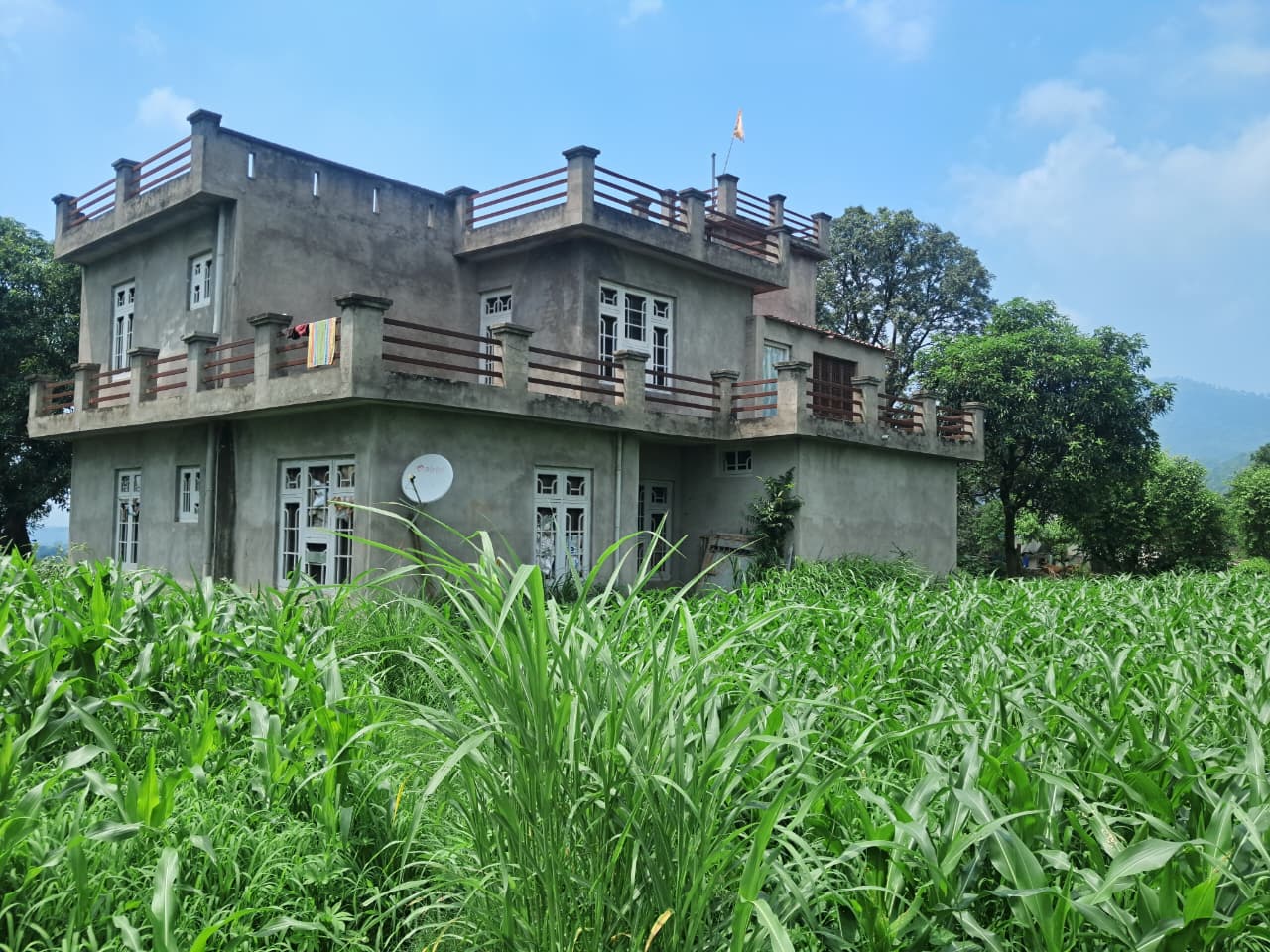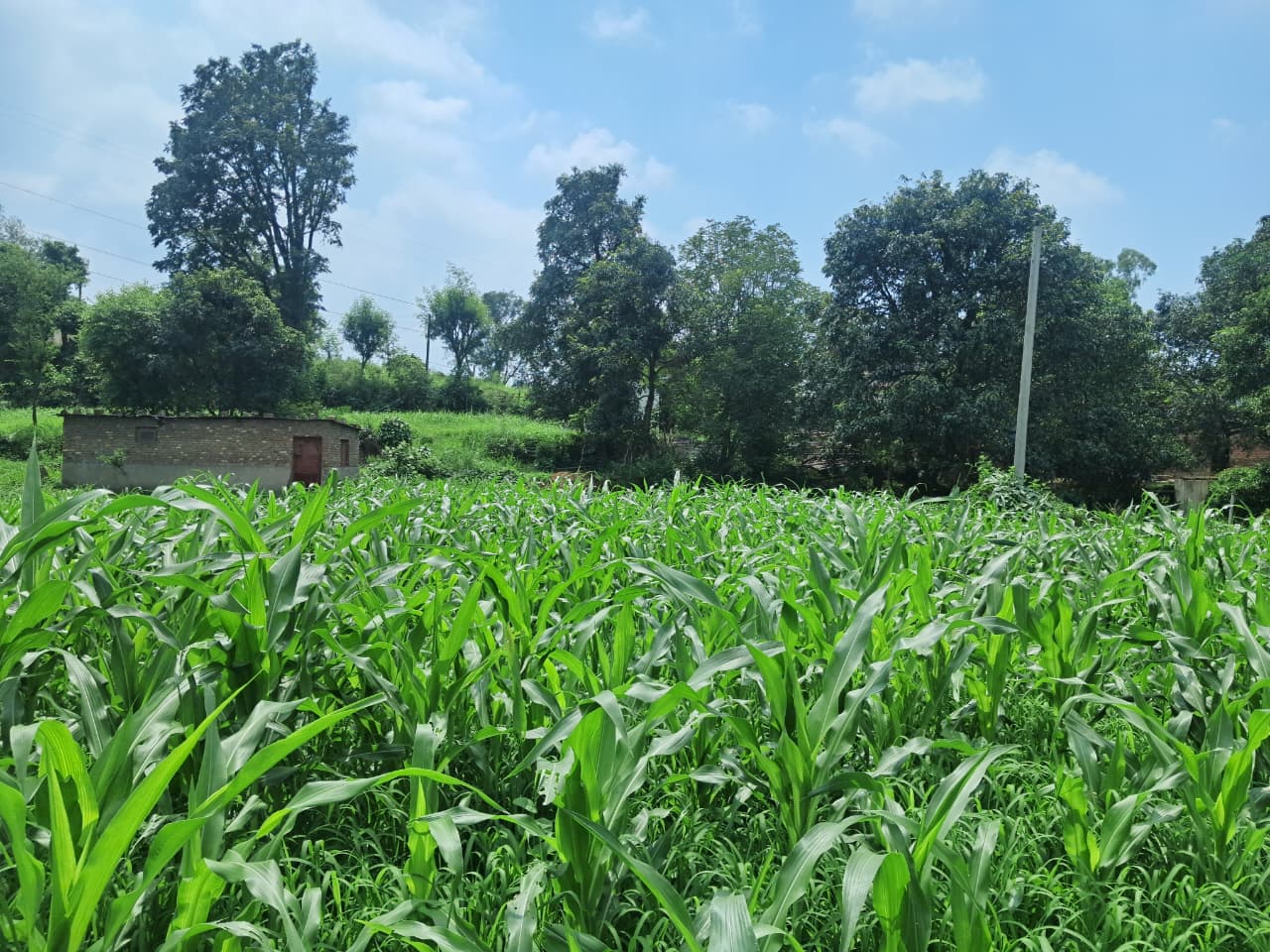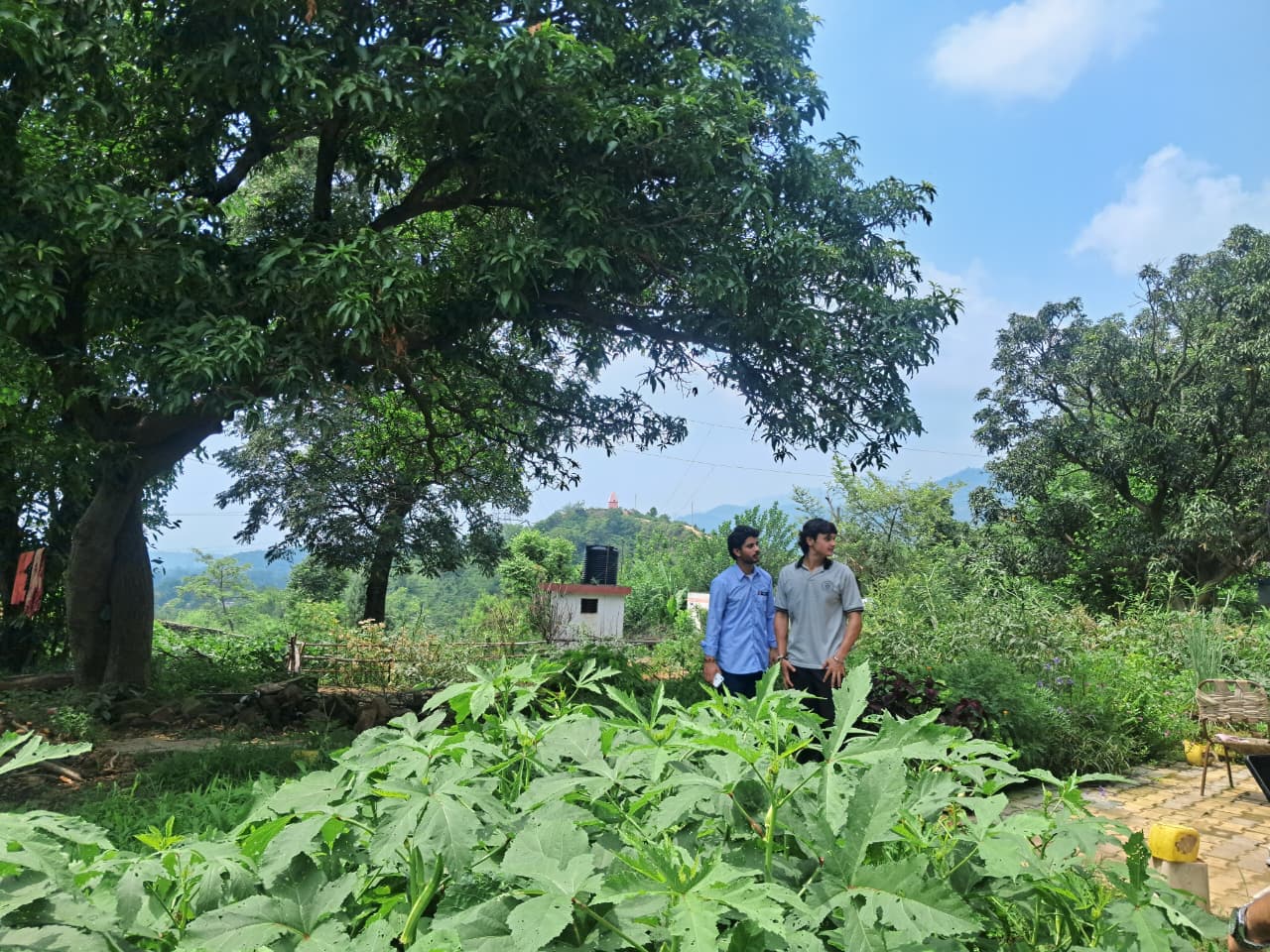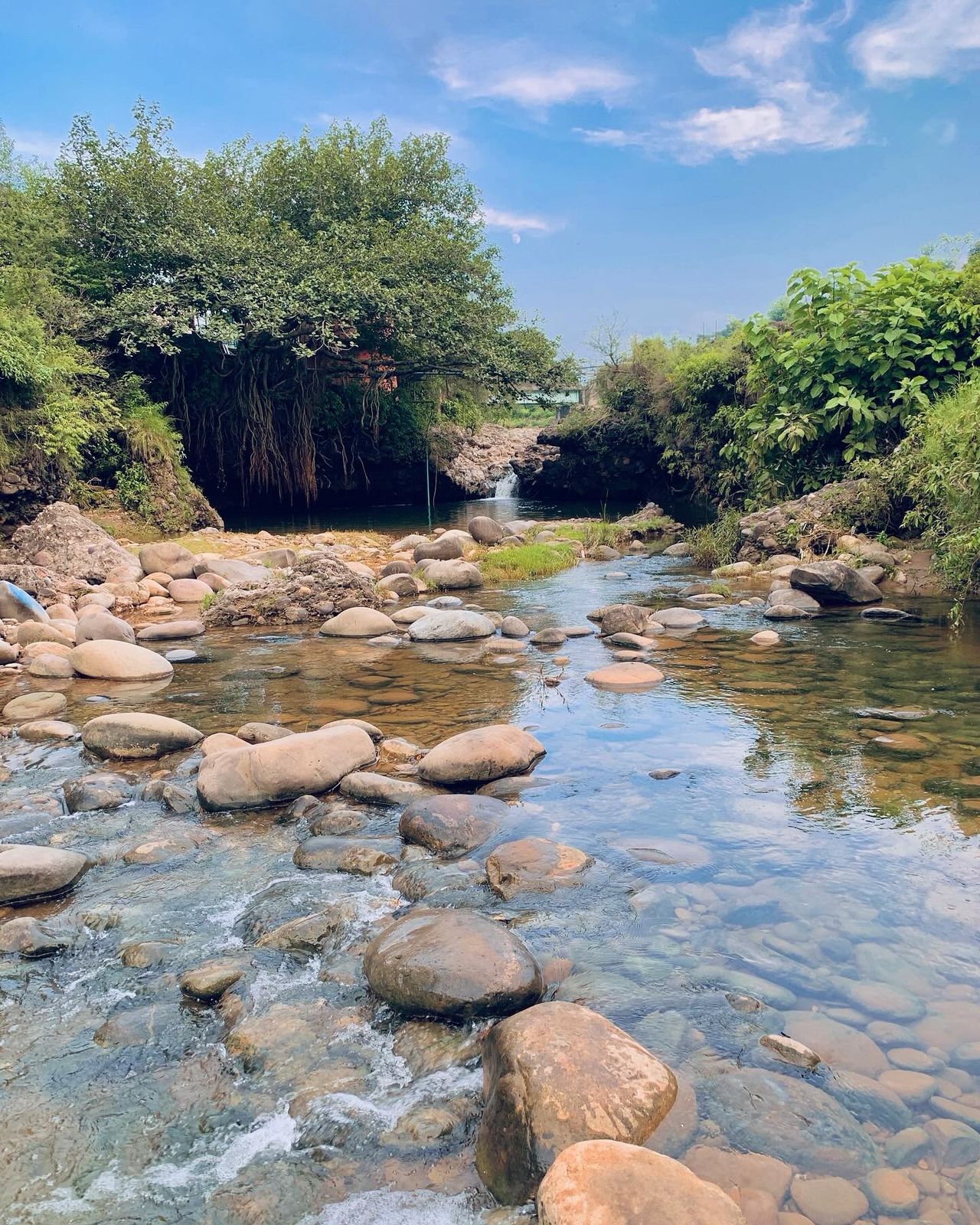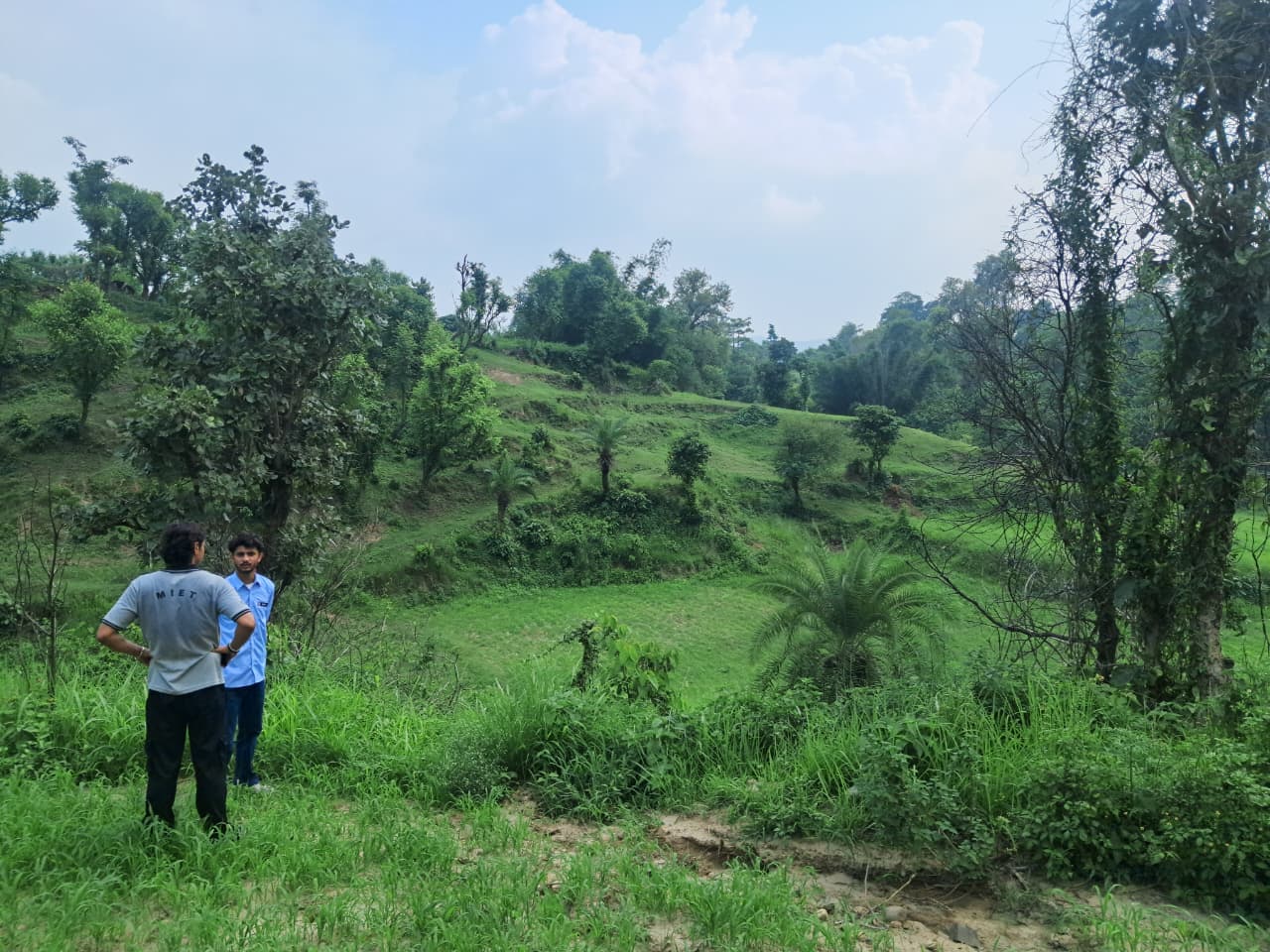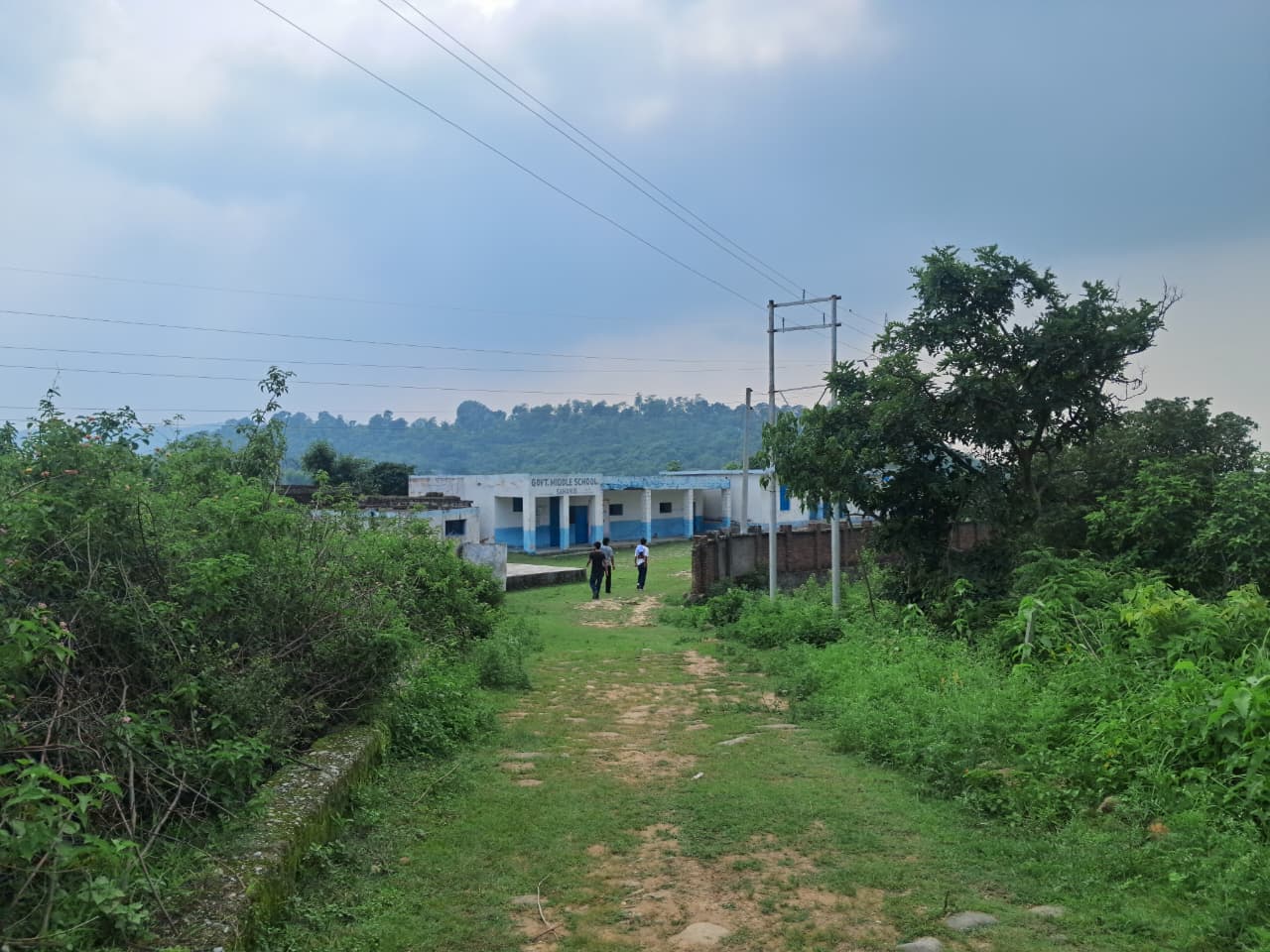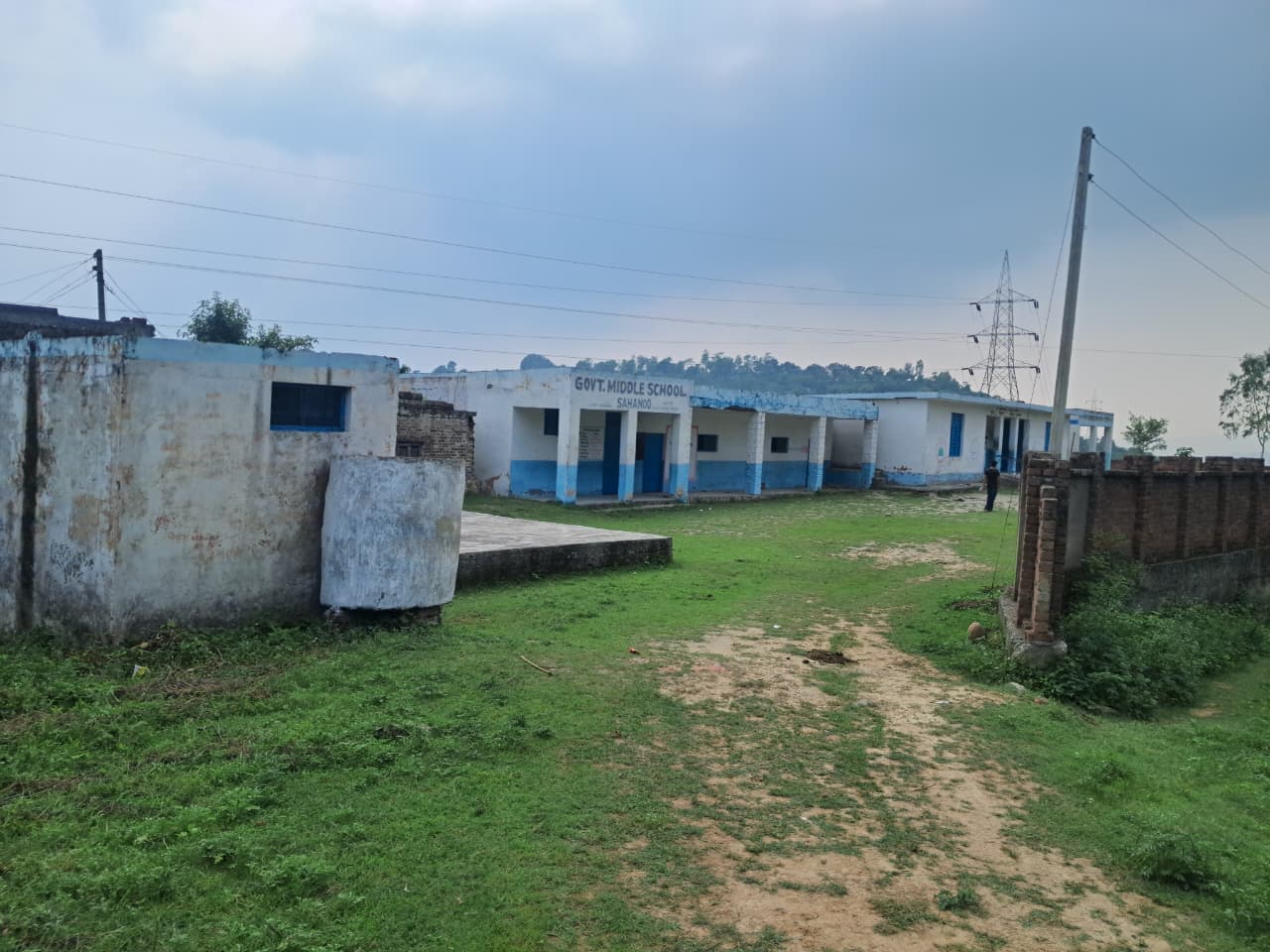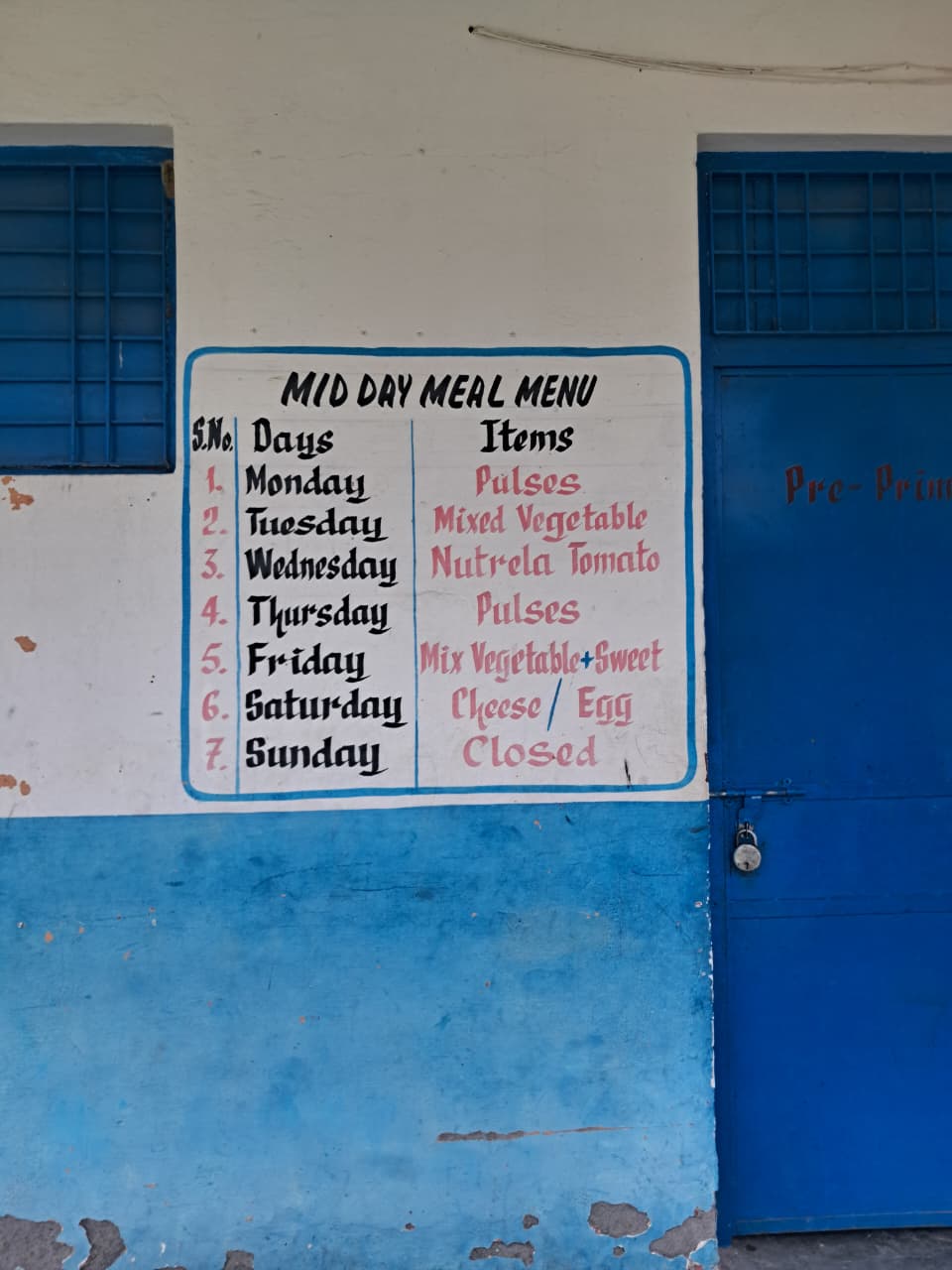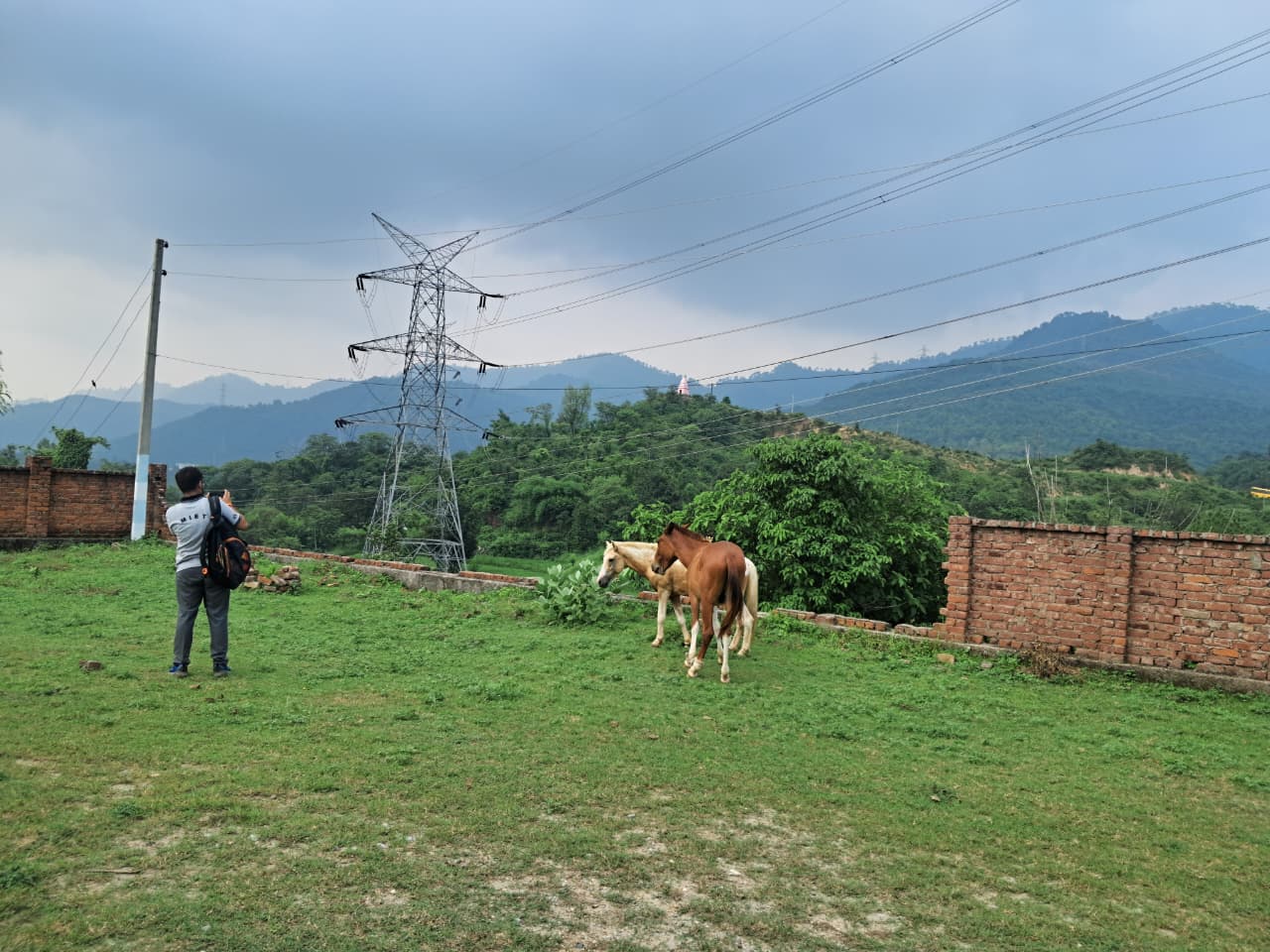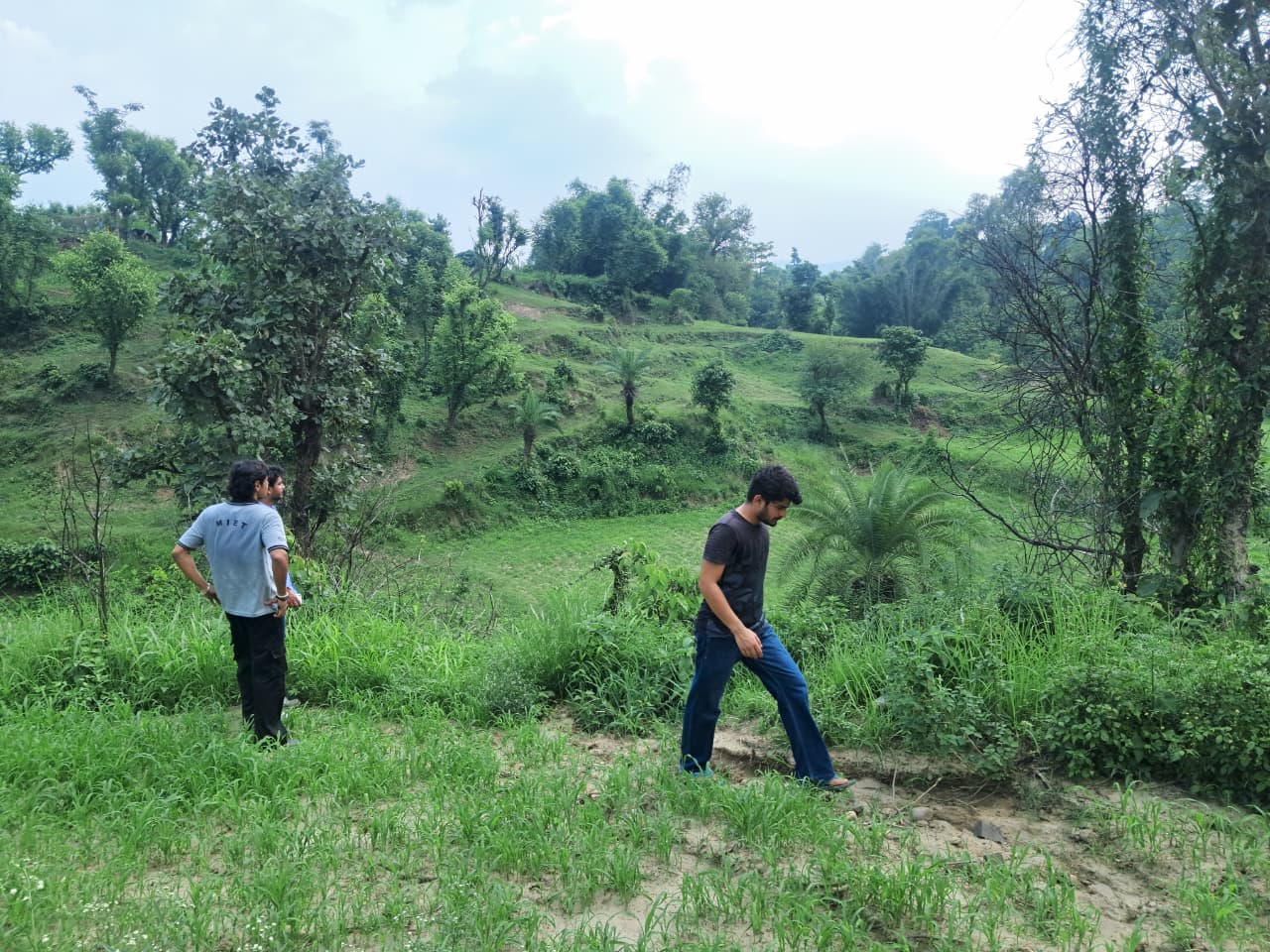Description
Rural Social Fabric & Inter-family Dynamics.
Sahan village has a close-knit social structure where extended families and elders play a
central role in decision-making. Caste and traditional gender roles subtly influence daily
life, with men handling most external work and women managing households and farm
support. A few prominent family lineages guide village activities and festivals, while strong
inter-generational ties ensure that elders' advice shapes farming, land, and community
decisions. Neighboring families maintain cooperative networks, sharing labor and
resources during harvests and local events.
Rural Livelihood & Circular Economy
Sahan village's livelihood is primarily agrarian, with around 70% of households engaged in
farming and allied activities like dairy and poultry, while the remaining 30% rely on non-
farm work such as shopkeeping, transport, or daily wage labor. Traditional rural trades like
carpentry, pottery, and weaving are still practiced on a small scale, often supporting local
needs. Elements of a circular economy are visible as residents commonly reuse farm by-
products such as fodder or fuel.
Institutions & Governance
Sahan village is governed through a Gram Panchayat, which oversees local administration
and development activities. Self-Help Groups (SHGs) and a cooperative society support
women's savings and small-scale farming initiatives. Gram Sabha meetings are held
periodically, though attendance varies, while Standing Committee meetings are less
frequent. Local officials such as the Sarpanch, ASHA workers, and Anganwadi staff are
generally accessible to villagers, providing support in healthcare, welfare schemes, and
resolving minor disputes.
Government Schemes Awareness & Impact
In Sahan village, several government schemes are active, including PM Awaas Yojana,
Ayushman Bharat, Swachh Bharat, Jal Jeevan Mission, and MGNREGA. Among these,
MGNREGA has had the most visible local impact by providing rural employment and
creating small community assets like water channels and pathways. However, the scheme
faces challenges such as delayed wage payments and limited awareness among some
households, which affects participation and reduces its overall effectiveness.
Student Learning & Reflection
During my visit to Sahan village, the most surprising insight I gained was how strong
community bonds and informal support systems continue to sustain rural life, even with
limited resources. This experience changed my perspective on development, making me
realize that true progress is not only about infrastructure but also about ensuring equity
and accessibility for every household. This project helped me improve my empathy,
fieldwork confidence, and research skills, as interacting with villagers and documenting
their lives required both understanding and adaptability.
Village Problem Identification & Innovation Suggestion
One pressing issue in Sahan village is slow and unreliable internet connectivity, which
limits students' online learning and access to digital services. A low-cost innovative
solution could be setting up a community Wi-Fi hub using a single high-speed connection
and signal boosters, allowing villagers to share affordable and stable internet access.
Use of Technology & Digital Empowerment
Sahan village has limited digital infrastructure, with no dedicated digital learning centers or
smart classrooms. Online transactions through UPI and Jan Dhan accounts are fairly
common, but villagers avoid relying on them fully due to slow and unstable internet
connectivity, which also limits the use of e-health services. A simple bilingual mobile app
or website providing government scheme updates, local announcements, and offline-
accessible guides could significantly benefit the community.
Cultural Sensitivity & Inclusion Check
During our visit to Sahan village, we did not face any language, gender, or cultural barriers
while interacting with the villagers. Conversations with women, elderly residents, and
marginalized households were smooth and welcoming, allowing us to gather diverse
perspectives. The village community was receptive and cooperative, showing genuine
interest in sharing their experiences and local stories.
Environmental Assessment
Sahan village shows minor signs of environmental concern, mainly plastic waste near
common areas and small drains, though large-scale pollution or deforestation is not
evident. Villagers continue some traditional eco-practices like using cow dung as organic
manure, reusing crop residues, and small-scale kitchen gardening. A sustainable initiative
that could be piloted here is a community-led plastic collection and composting drive,
where biodegradable waste is converted to compost and plastic is collected for recycling,
promoting both cleanliness and environmental awareness.
Photos
Videos
Location Map
Contact Information
| Address |
Sahan, Dansal, Jammu, Jammu and Kashmir, India |
| Phone Number |
+91 96823 11791 |

